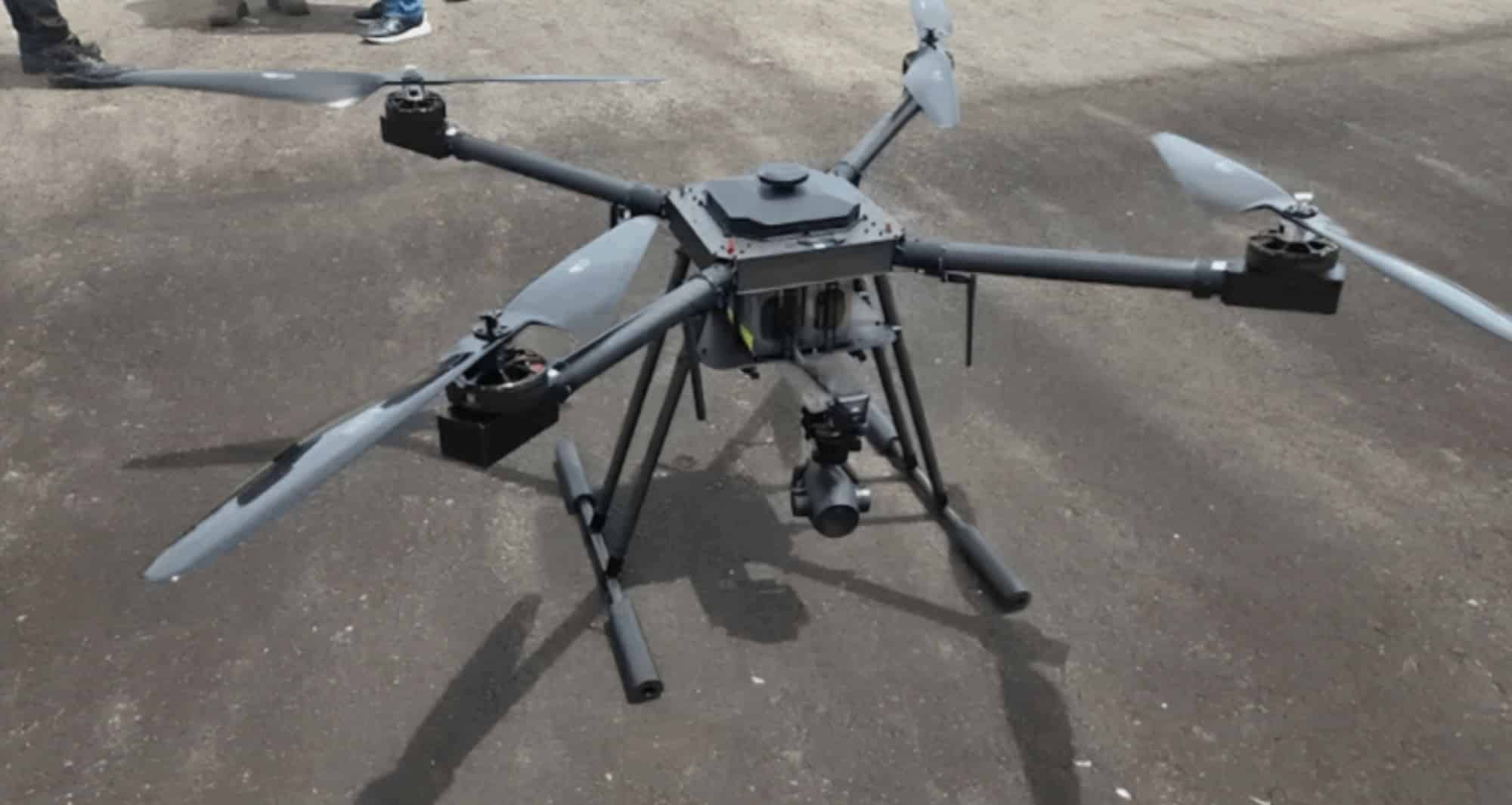Colombia Escalates Drone Warfare Against Drug Gangs with Homegrown Explosive-Carrying UAVs

Colombia’s military tests a new domestically produced drone that packs significant firepower to counter escalating aerial attacks from drug traffickers, who arm cheap commercial models with homemade explosives. This development highlights the rapid evolution of drone technology in asymmetric conflicts, as reported by NPR.
Criminal Groups Arm Drones for Surveillance and Strikes
Drug traffickers in Colombia actively deploy commercial drones to monitor their operations and launch attacks. These groups purchase models online for around $1,000 and modify them with improvised explosives. Army Gen. Juan Carlos Correa explains that criminals use these UAVs to oversee drug crops and cocaine labs, eliminate rivals, and target security forces. Over the past two years, such attacks have succeeded about 200 times, including one day with 17 strikes.
“In one single day they launched 17 attacks,” Correa told NPR.
This shift levels the playing field in a conflict that pits under-resourced groups against a technologically superior military. Air Force Gen. Andrés Guzmán, who leads the state-run drone manufacturer CIAC, notes the affordability boosts criminal capabilities.
“The conflict will always be a David vs. Goliath situation but a drone can be the perfect solution for these groups when they are confronting the military, which has a lot more technology,” he told NPR.
Building on that, the ease of access allows rapid deployment without regulatory hurdles.
Military Develops Tactical Drones for Counteroffensives
Colombia’s armed forces respond by producing their own drones to reduce dependence on foreign suppliers. In a hangar near Bogotá’s airport, officers test a model that carries up to 18 pounds (about 8 kilograms) of explosives. Colombian Air Force Col. Andrés Talavera oversees these flights and describes the UAV’s design.
“It’s a tactical drone that’s easy for troops to carry but one that also has a lot of firepower,” says Talavera.
Production ramps up slowly, with CIAC outputting just eight units monthly. This pace contrasts sharply with traffickers’ ability to acquire dozens quickly online. The military’s drones aim to provide troops with portable, high-impact tools for operations against guerrilla hideouts and smuggling routes.
Defenses Lag Behind Evolving Threats
Security forces struggle to neutralize incoming drones effectively. Soldiers often shoot at them indiscriminately, but the UAVs’ small size and agility make this tactic unreliable. Talavera emphasizes that radar and jammer systems offer the best protection by disrupting drone frequencies. However, these countermeasures come at a steep price—up to $15,000 to down a $2,000 enemy model.
Laura Bonilla, deputy director of the Peace and Reconciliation Foundation in Bogotá, points to bureaucratic delays as a key obstacle. Excessive red tape slows military drone acquisitions and operations.
“There is too much bureaucracy. So, it’s really difficult for the armed forces to reach the same capacity” as drug trafficking groups, she said. “The criminals don’t need any permits.”
This development raises questions about adapting procurement processes to match the speed of commercial tech advancements.
Civilian Casualties Highlight Risks of Imprecise Attacks
Drone warfare’s expansion endangers non-combatants. Criminals’ homemade grenades lack precision, damaging homes and causing unintended deaths.
Correa recounts a tragic incident: “The grenades are hand-made by them. The targeting system is not very precise. There was a 10-year-old kid who was killed by one of these grenades in the middle of a town.”
Military personnel also suffer, with about 60 troops wounded and four killed in the past two years. One victim, 20-year-old soldier Edison Guerrero, died in May near the Venezuelan border during a patrol.
His sister, Noralba Rodríguez, shared her anguish: “This war doesn’t make any sense.”
As criminals refine their drone skills, Bonilla warns that they currently hold the upper hand in this evolving aerial domain.
The conflict’s drone integration signals broader trends in how affordable UAVs reshape security strategies, urging professionals to consider counter-drone tech’s role in similar global contexts.
Photo courtesy of the Ministry of National Defense of Colombia.
Discover more from DroneXL.co
Subscribe to get the latest posts sent to your email.
Check out our Classic Line of T-Shirts, Polos, Hoodies and more in our new store today!

MAKE YOUR VOICE HEARD
Proposed legislation threatens your ability to use drones for fun, work, and safety. The Drone Advocacy Alliance is fighting to ensure your voice is heard in these critical policy discussions.Join us and tell your elected officials to protect your right to fly.
Get your Part 107 Certificate
Pass the Part 107 test and take to the skies with the Pilot Institute. We have helped thousands of people become airplane and commercial drone pilots. Our courses are designed by industry experts to help you pass FAA tests and achieve your dreams.

Copyright © DroneXL.co 2025. All rights reserved. The content, images, and intellectual property on this website are protected by copyright law. Reproduction or distribution of any material without prior written permission from DroneXL.co is strictly prohibited. For permissions and inquiries, please contact us first. DroneXL.co is a proud partner of the Drone Advocacy Alliance. Be sure to check out DroneXL's sister site, EVXL.co, for all the latest news on electric vehicles.
FTC: DroneXL.co is an Amazon Associate and uses affiliate links that can generate income from qualifying purchases. We do not sell, share, rent out, or spam your email.


















